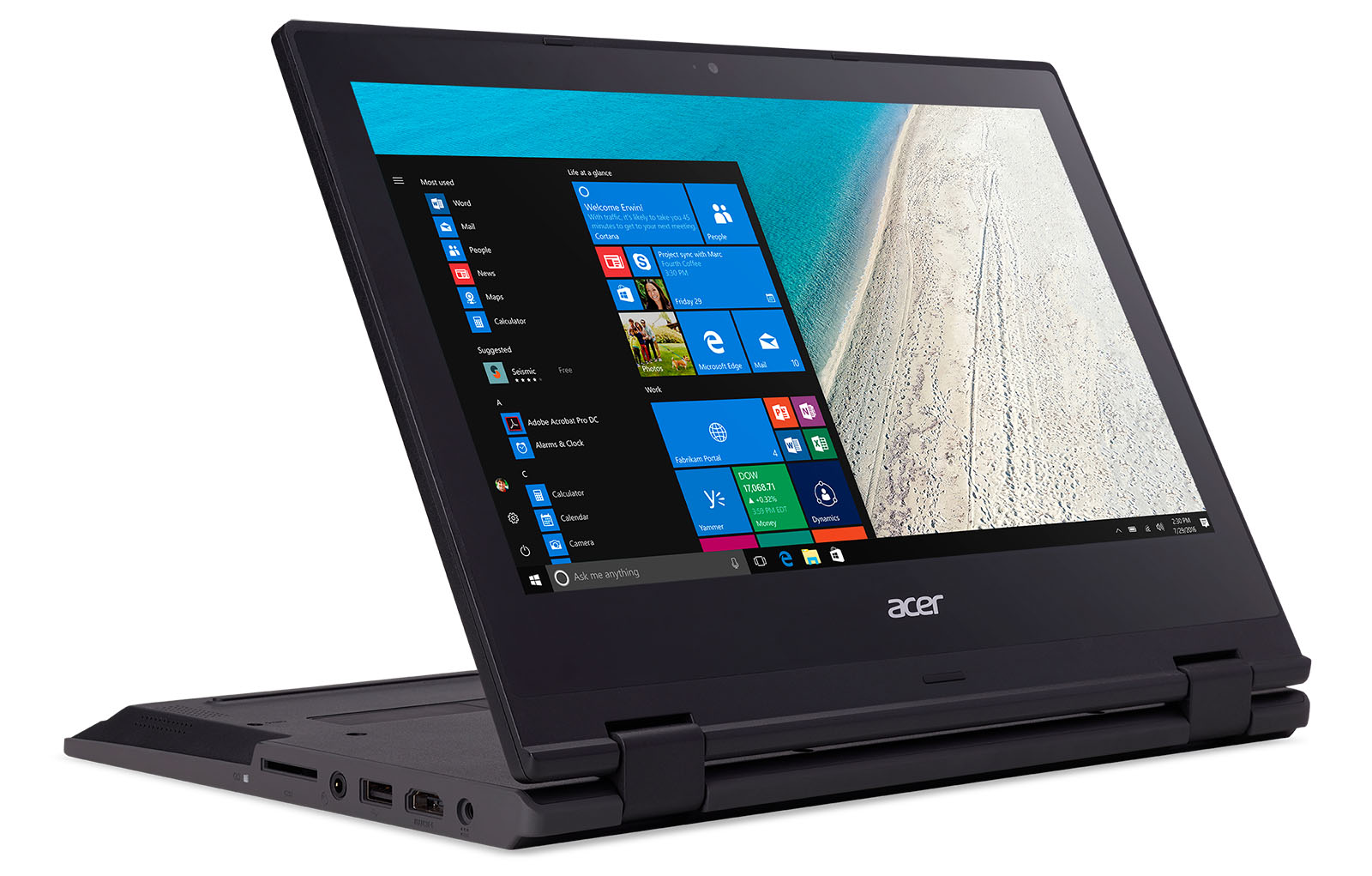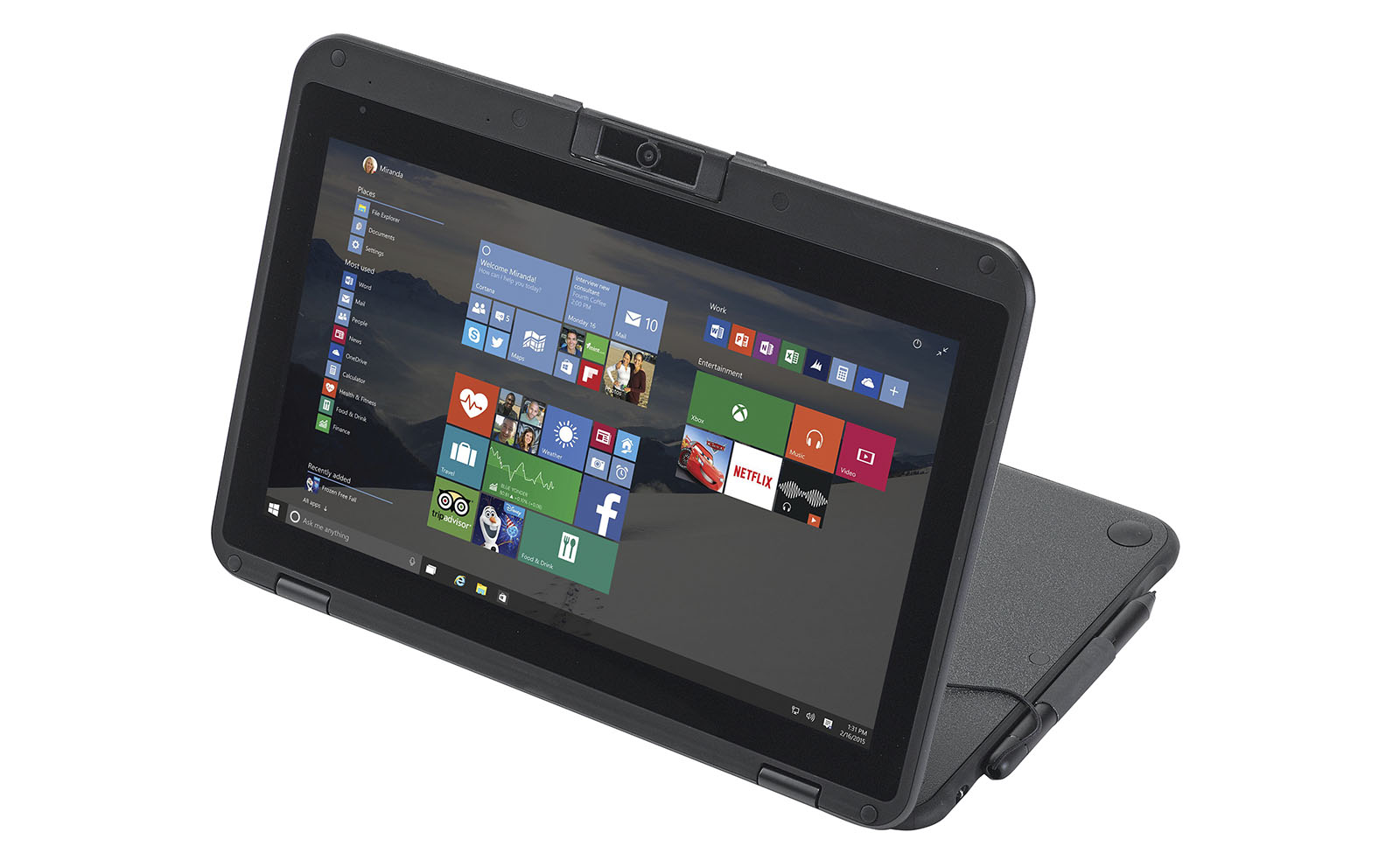Microsoft launches program to take on Chromebooks in schools
In an effort to stem the academic migration to simpler, cheaper Chromebooks, Microsoft has launched the Intune for Education program. Based on the company’s corporate Intune service, it helps educators manage and set up student Windows 10 PCs and apps. As part of the initiative, the software giant revealed some cheap new laptops starting at $189 from Acer, HP, Lenovo and, for emerging markets, a company called JP.IK.
The timing of the announcement isn’t serendipitous, as Google for Education just unveiled two Chromebook models from Asus and Acer. Microsoft is making no bones about the program’s raison d’etre, saying educators can get “the power, performance and security [of Windows] … at the same price as Chromebooks, with none of the compromises.”
With the program, companies can “put devices in classrooms and not touch them again for the rest of the school year,” Microsoft says. As such, it includes an express setup feature, letting admins apply over 150 settings to hardware, apps, browsers, antivirus programs and more, all assigned to individual students when they log in.
It also includes School Data Sync, letting educators set up groups based on schools, classes or departments without a lot of effort. “For example, if a student is added to a photography class in the school roster, they will automatically be added to the group in Intune for Education and get the relevant apps,” Microsoft wrote.
One of Chromebook’s big advantages is the initial cost of the laptops. So, along with existing low-cost models like the $189 HP Stream 11 Pro G3 for education, Microsoft has unveiled some new models that better compete on price.

That includes the 11.6-inch Acer Travelmate Spin B118 convertible (above), equipped with a stylus and touchscreen, coming in the next quarter for $299. Lenovo, meanwhile, revealed the ThinkPad 11e in a regular or Yoga form factor, with 11 hours of battery life and a stylus, along with the N24, a similar model with 360 degree screen rotation. There’s no pricing or available for that model yet.
Finally, there’s the Turn T201 from JP.IK, a company that’s primarily an educational distributor. The oddball device (below) is a 360-degree convertible PC with an active stylus pen, but it’s also equipped with a rectractable handle so students are less likely to drop it. Aimed at ages 12-18, it comes with a basic microscope and a thermal probe for science experiments. There’s no word on price or availability yet, but Microsoft described it as an “emerging market” product, so it should be relatively cheap.

Microsoft’s Intune for Education service is $30 per device, exactly what Google charges for its own cloud-based educational services. In its post earlier today, Google touted lower ownership costs and said its system requires less time and labor to deploy and support. With the new program, Microsoft appears to have at least pulled closer in those areas.
Schools will have to consider factors other than cost, like whether students should learn Microsoft Office 365, rather than Google’s suite, including Docs and Sheets. In terms of training for future careers, corporations tend to prefer Microsoft, while startups (and young workers in general) would lean toward Google, according to a recent IT survey.
Another Google intangible is simplicity. Because they run in a the Chrome OS ecosystem, with limited apps, Chromebooks are harder for students to break than Windows PCs. They’re also easier to use, arguably, since most programs have common user interfaces and features. All that certainly gives educators more to think about, but more choice is always better, right?
(33)





